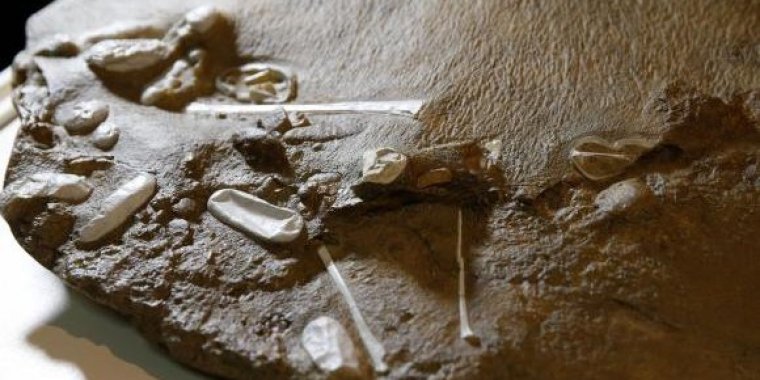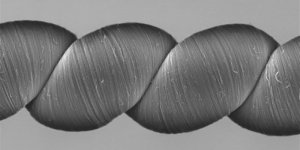| News / Science News |
Brazil and China scientists unearth pterosaur eggs with preserved embryos
Brazil's National Museum, in Rio de Janeiro, unveiled the details surrounding the discovery of hundreds of remains of pterosaur bones and 300 eggs—some of them with preserved embryos—in China. Involved in the finding were Brazilian and Chinese scientists.

The discovery was made during in 2015 and 2016 expeditions in the Hami region, northwestern China. Image credit: Fernando Frazão/Agência Brasil
According to Brazilian palaeontologist Alexander Kellner, the discovery was made during in 2015 and 2016 expeditions in the Hami region, northwestern China. This is the largest concentration of eggs of extinct vertebrates known thus far. They were stored in a block of slightly over three cubic meters.
Until then, only nine eggs had been found worldwide—in China and Argentina—three of which with embryos, but all of them crushed and compacted.
In this new finding, in addition to the surprising discovery of over 300 eggs, an unprecedented 16 embryos with preserved eggs in three dimensions were unearthed. “This is the most important find on extinct vertebrates of the last ten years,” Kellner argued.
Pterosaurs are flying reptiles. They were the first vertebrate animals to develop the ability to fly, even before birds did. Closely related to dinosaurs, they disappeared some 66 million years ago, in the geologic period known as Cretaceous, and left no descendants.
Approximately 300 pterosaur species have been found across all continents. The species found in China was named Hamipterus tianshanensis. On its quadruped stance, an average specimen is believed to be 1.2 meters tall and its maximum height was likely to be reached two years after birth.
Its wingspan varies from 1.5 to 3.5 meters. By the shape of its teeth, scientists believe they were carnivores and ate fish. (Agência Brasil)
YOU MAY ALSO LIKE





